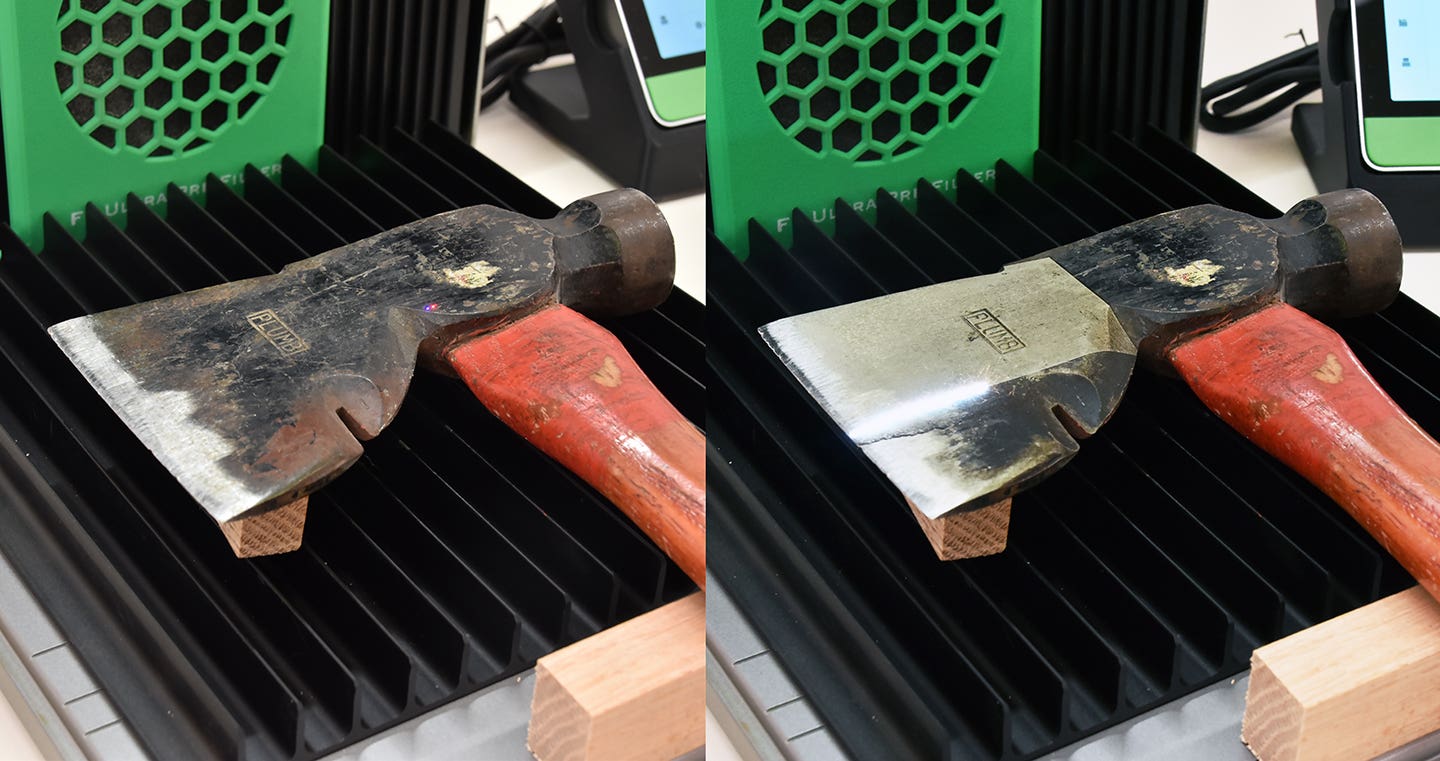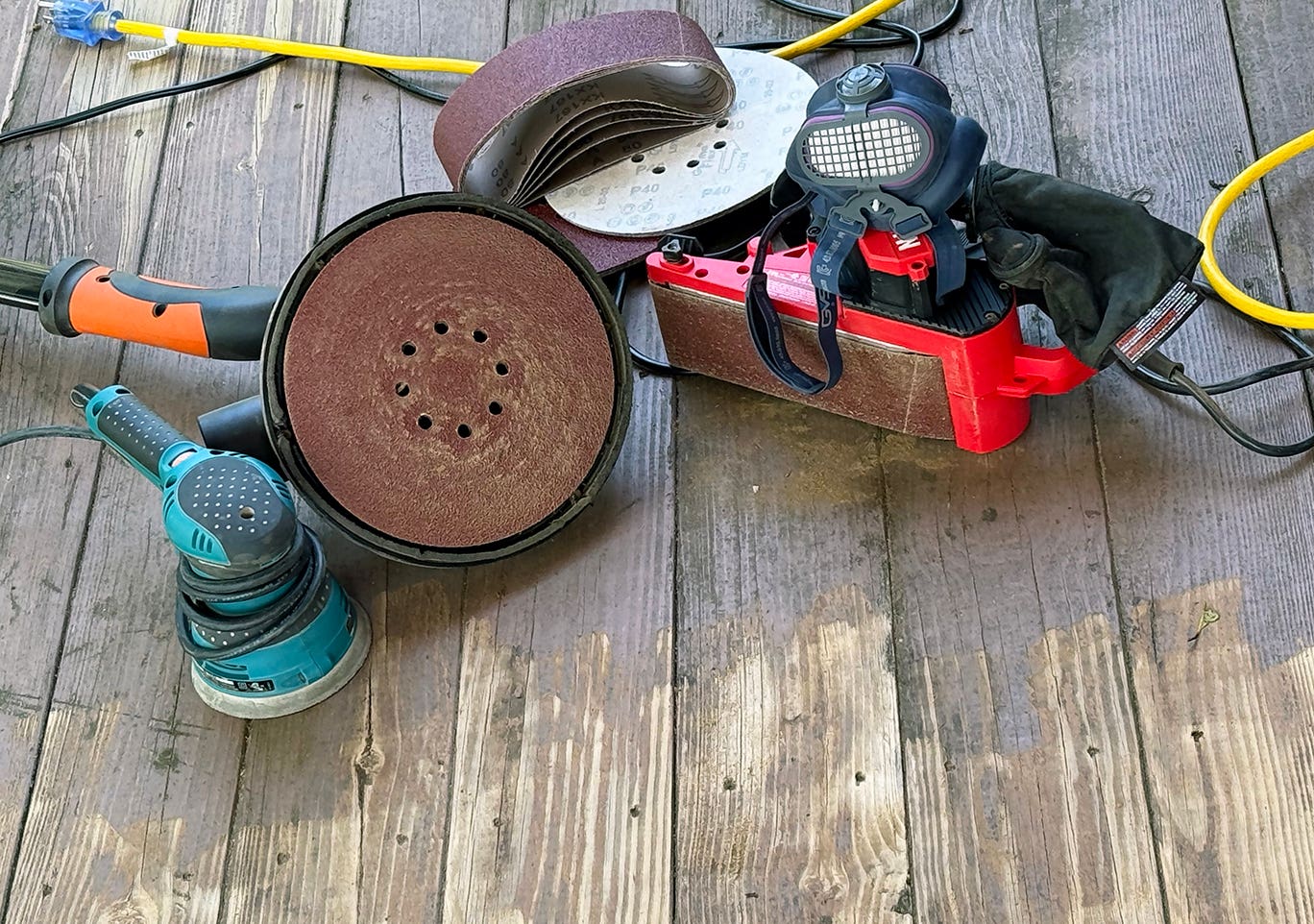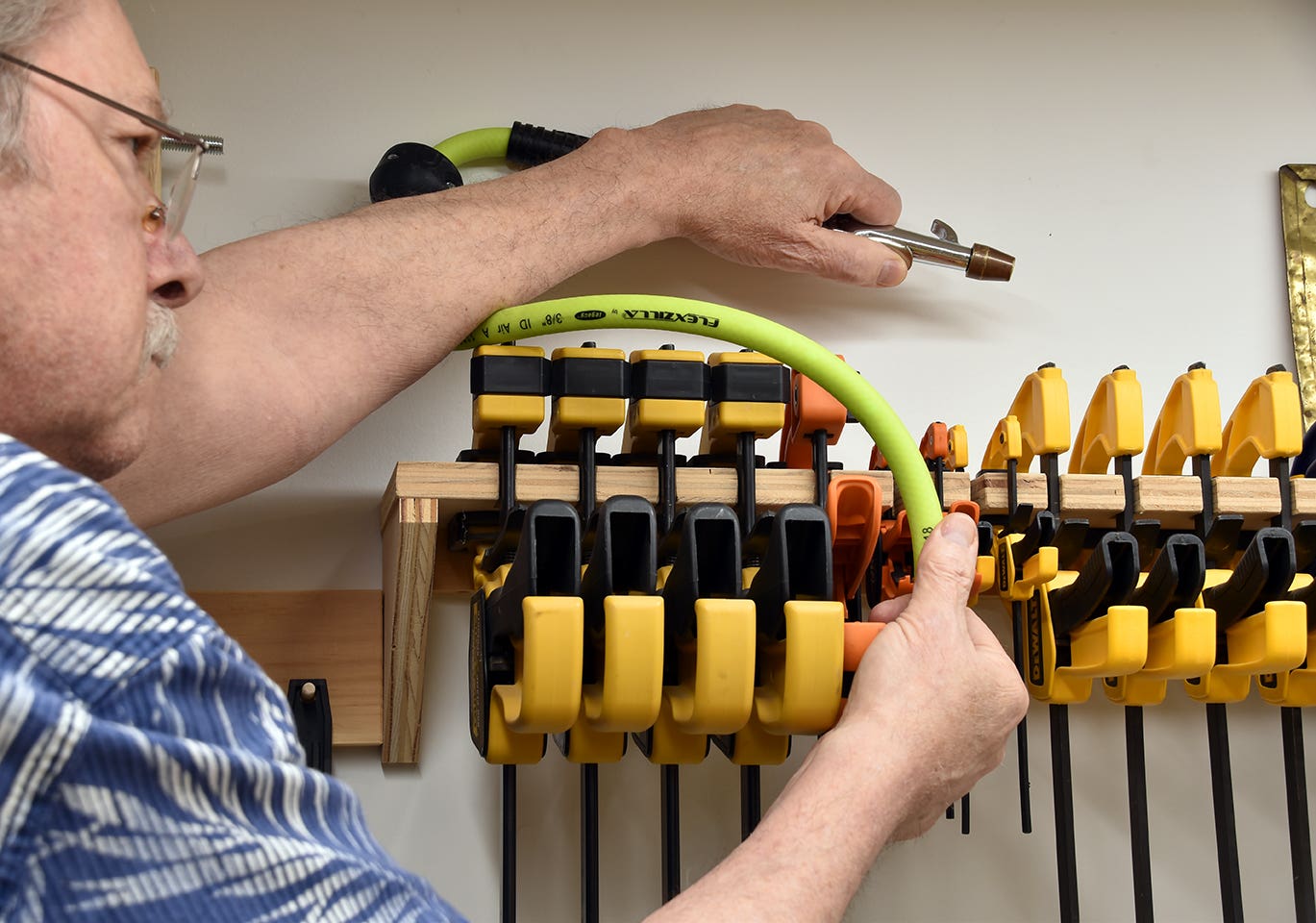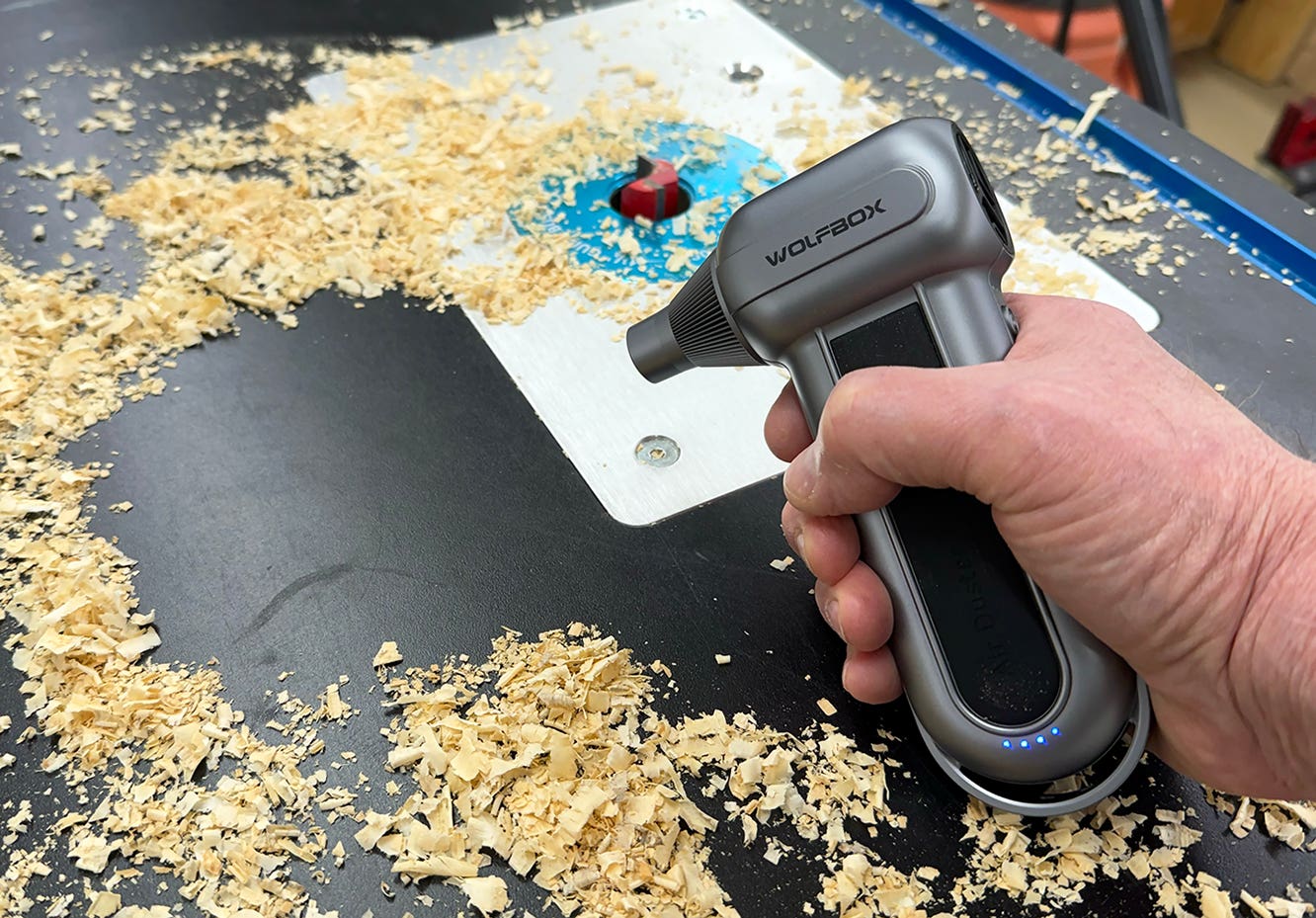Cooking up an omelet test for finishing techniques
As an exercise, I asked a group of finishers and shop owners: “What test would you give a prospective employee for a lead finishing position?” There was reference made to…
As an exercise, I asked a group of finishers and shop owners: “What test would you give a prospective employee for a lead finishing position?”
There was reference made to a restaurant test, where a new cook is asked to make an omelet. The task requires learned techniques that will quickly inform you if someone has experience in the kitchen.
Could there be omelet test for a finisher?
Devising a test
Since there are no broadly accepted standards for finishing work, you would have to create a shop standard for at least a representative finish schedule or two as an expectation of competence. I would create a detailed written schedule, leaving out the specific details, to produce a step panel. I would also create at least two bracketing standards, showing the extremes acceptable in terms of overall color. For example, one would be as dark as allowed, the other as light as allowed, and acceptable would be somewhere in between. Another axis could be too red and too green.
A good test panel might be a raised panel door with enough profile to take advantage of proper glazing. Another probative exercise might be a complex chair with a lot of variation in shape.
I suspect that the grading of the test might be difficult. If the prospect showed a good understanding of most of the process, but had difficulty with gun shading with a dye, I might give a pass depending on the person’s attitude and general competence. On the other hand, if the prospect showed little flexibility in deviating from what he had previously learned, this would represent a red flag.
For years I’ve heard complaints about the struggle to find employees who are a good fit with the company and the job and the difficulty of changing long-established habits. I’ve seen great success stories, some including the prized employee who has not only hidden skills, but the ability to learn and adapt quickly.
I’m not confident that we can come up with one universal test to determine who will be a good employee. As employers, we can use a number of ways to inform ourselves about the prospect and we can decide what our needs are, selecting employees on the basis of whether they are likely, in our opinion, to become what we need. So the process starts by deciding if your shop is willing and able to accept an employee who is eager to learn and improve or an experienced finisher who can take over immediately, but might be set in their ways.
Necessary skills
Perhaps the most important traits of a new hire are a great work ethic, intelligence, problem-solving skills, the ability to communicate effectively, honesty and respect. Your list might be different from mine. But when it comes to technique, here are some skills or abilities I would screen for:
• The ability to read and understand product data sheets, product labels, material safety data sheets and other written material concerning the products and processes used. I would highlight certain important information on a MSDS and have the prospect explain what it means. I would also ask the prospect to highlight information on a product data sheet and tell me why it’s important and interpret a product label.
• An understanding of the processes of finishing and some knowledge of the different types and manufacturers of finishing materials. I would have the prospect go through the materials in the shop and share knowledge of product uses, things to look out for and overall familiarity with application processes.
• The physical ability, including sight,
hearing, strength and coordination, to safely perform finishing tasks.
I would administer one of the several color acuity tests that are available free online. However, these tests should be used with caution. In my experience, unless the prospect scores very poorly, the results are not always reliable.
You can search for an online color acuity test or find one at www.filmsourcing.com. While we can all agreed that a finisher should be able to see color well, many have been able to adapt to any deficiencies with training.
There are several online color tests that require the participant to arrange colored squares in a sequence from one standard to another in a natural progression. Be aware that differences in ambient light, monitor and computer settings, and even the background against which the test is viewed affect the ability to make subtle distinctions.
The online tests should not be used to replace an exam by an optometrist, but can alert you to possible problems. Also note that scores can be improved through practice.
The organizational ability to retrieve the materials necessary to create the step panel, following the supplied finishing schedule and the knowledge and technique to do so
I would have the prospect select the required materials, tools and equipment, prepare a step panel and closely observe work habits. This test might need to take place over multiple days.
I would also have the prospect seal and topcoat kitchen cabinets or a dining chair, giving me the chance to observe organizational skills, preparing the wood for finish, setting up spray equipment, adapting to environmental conditions and applying finish.
A test of patience
Each shop manager will have his own priorities and each prospect will bring certain skills and knowledge to the table. There is hardly ever a perfect candidate. Expectations and needs will differ for the small refinishing shop and the kitchen cabinet manufacturer and unfortunately the vast majority of finishing technicians are largely self-taught or informally taught on the job. It will take some investment of time and energy on the part of both the employer and employee to make it work.
Do you have an omelet test? Please share any experience about hiring a lead finisher, either from an employer or candidate’s perspective, in an email to gregalwil@yahoo.com.
Greg Williams, formerly senior touchup and finishing instructor for Mohawk Finishing Products, is now a freelance instructor and consultant.
This article originally appeared in the October 2014 issue.







